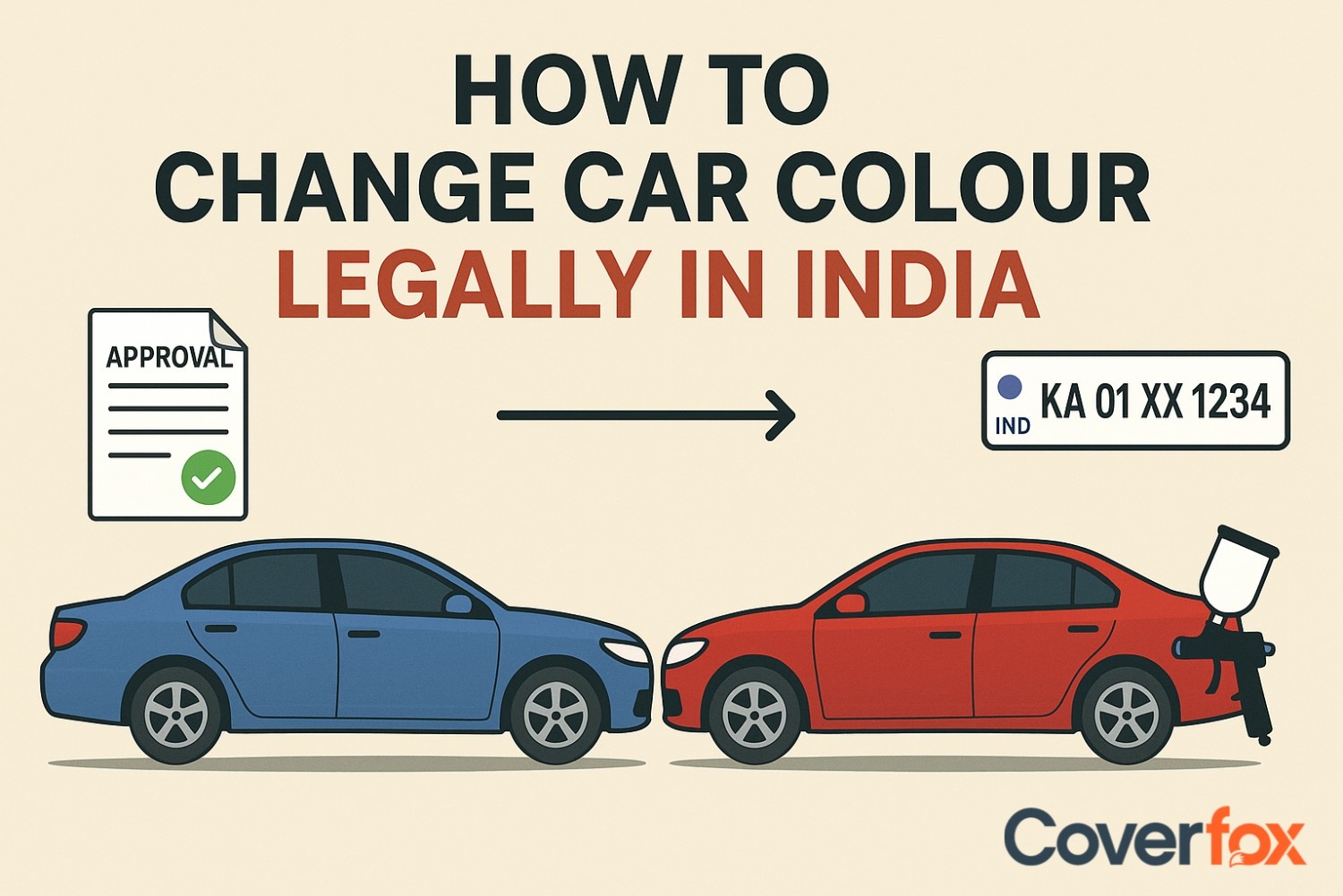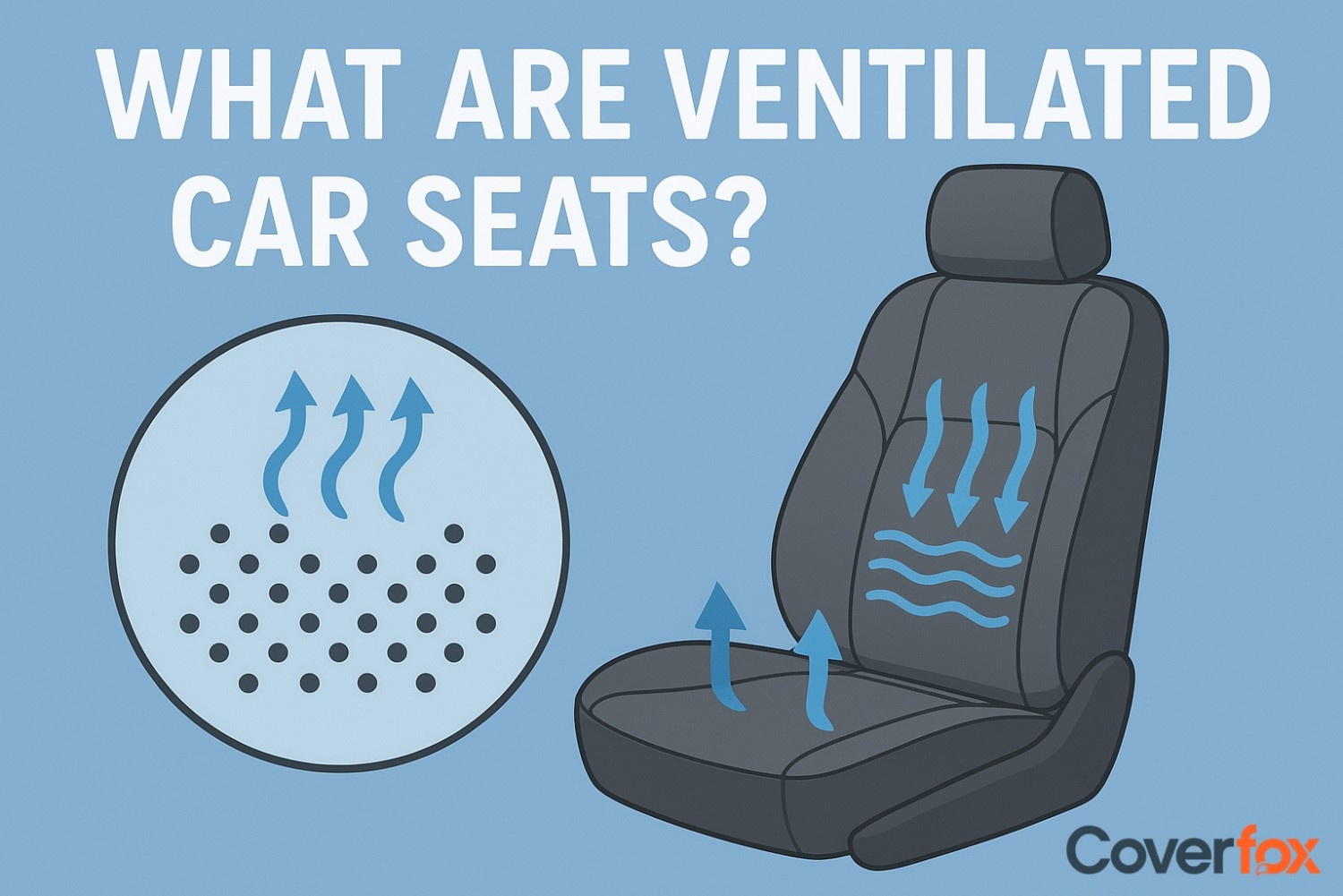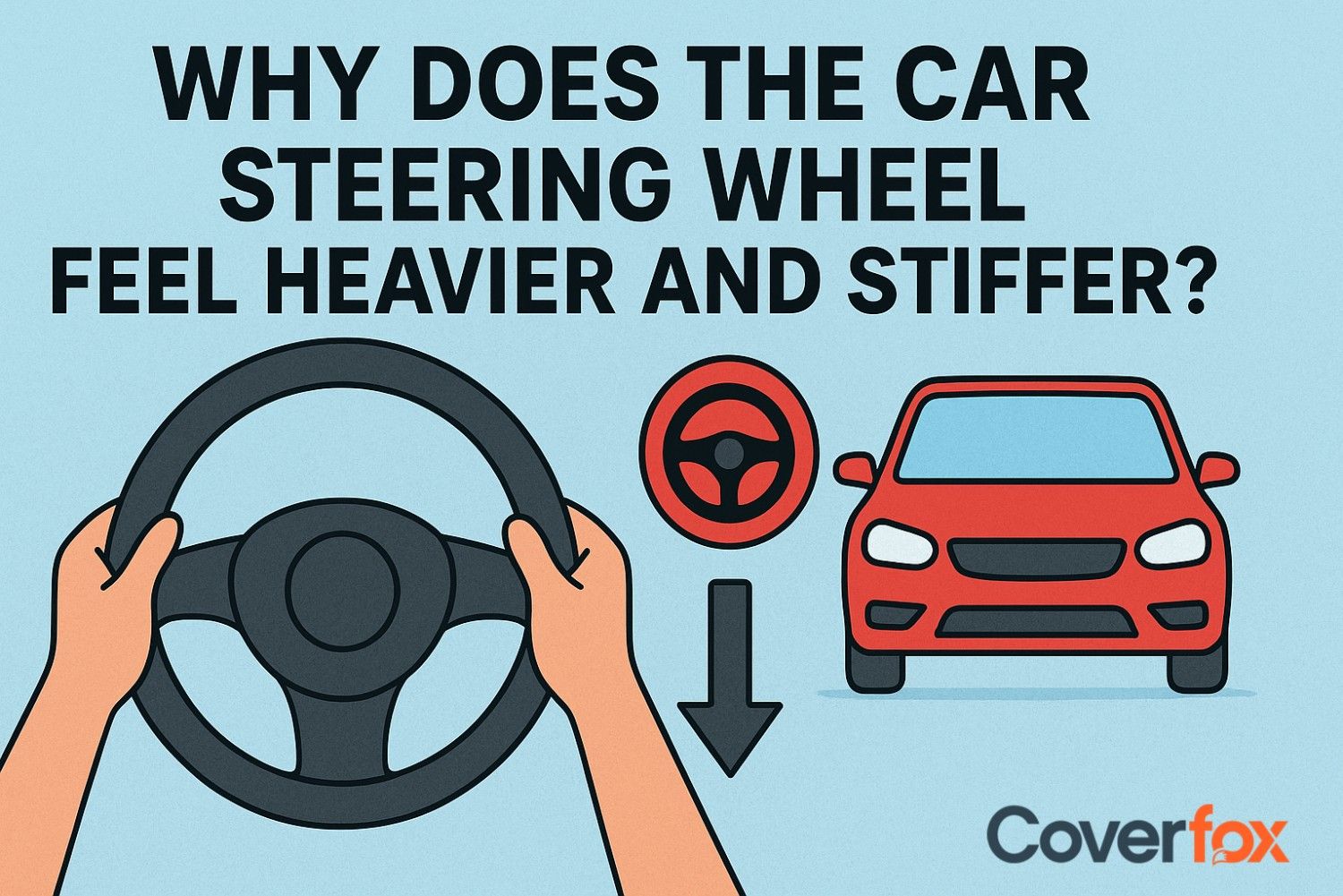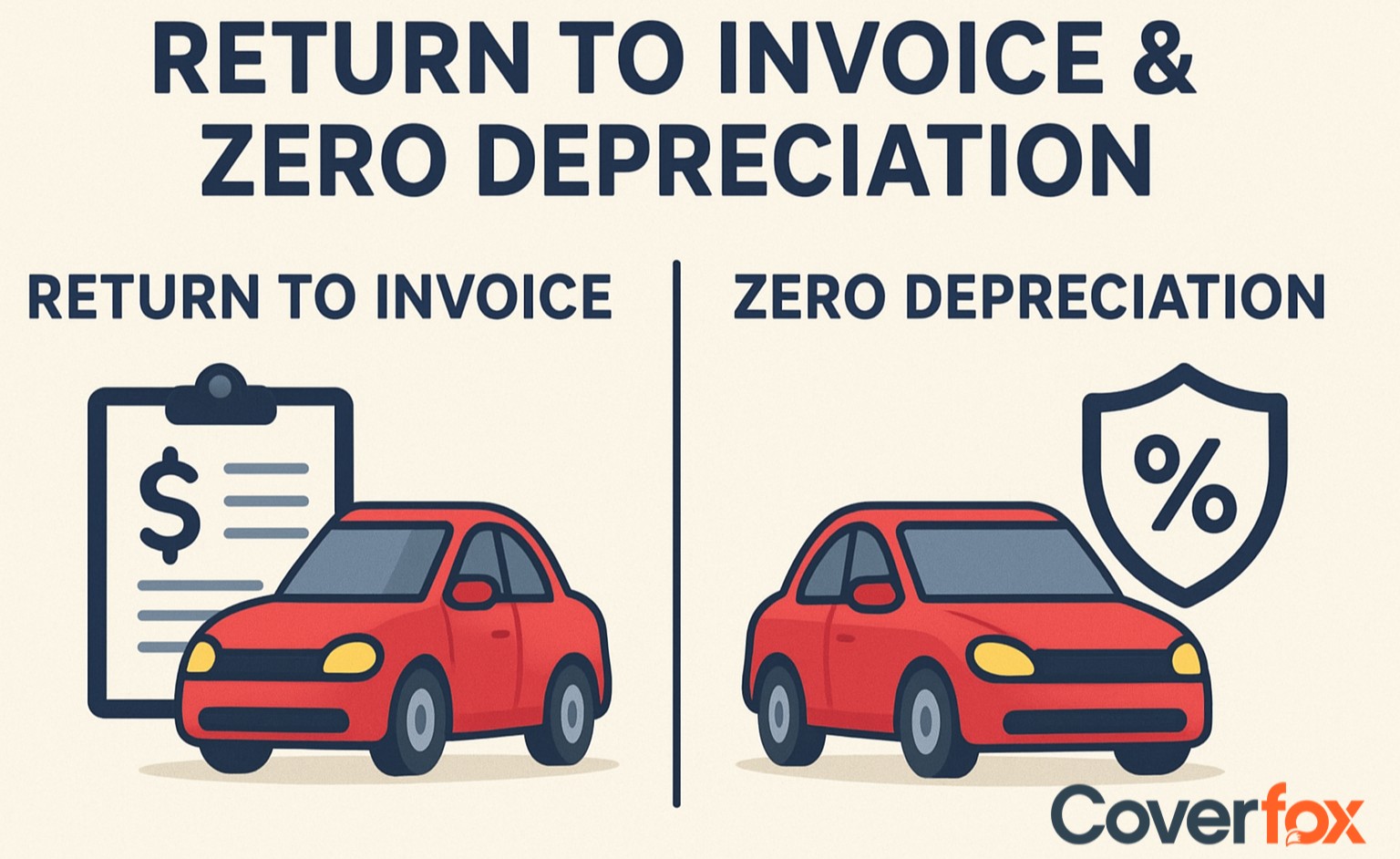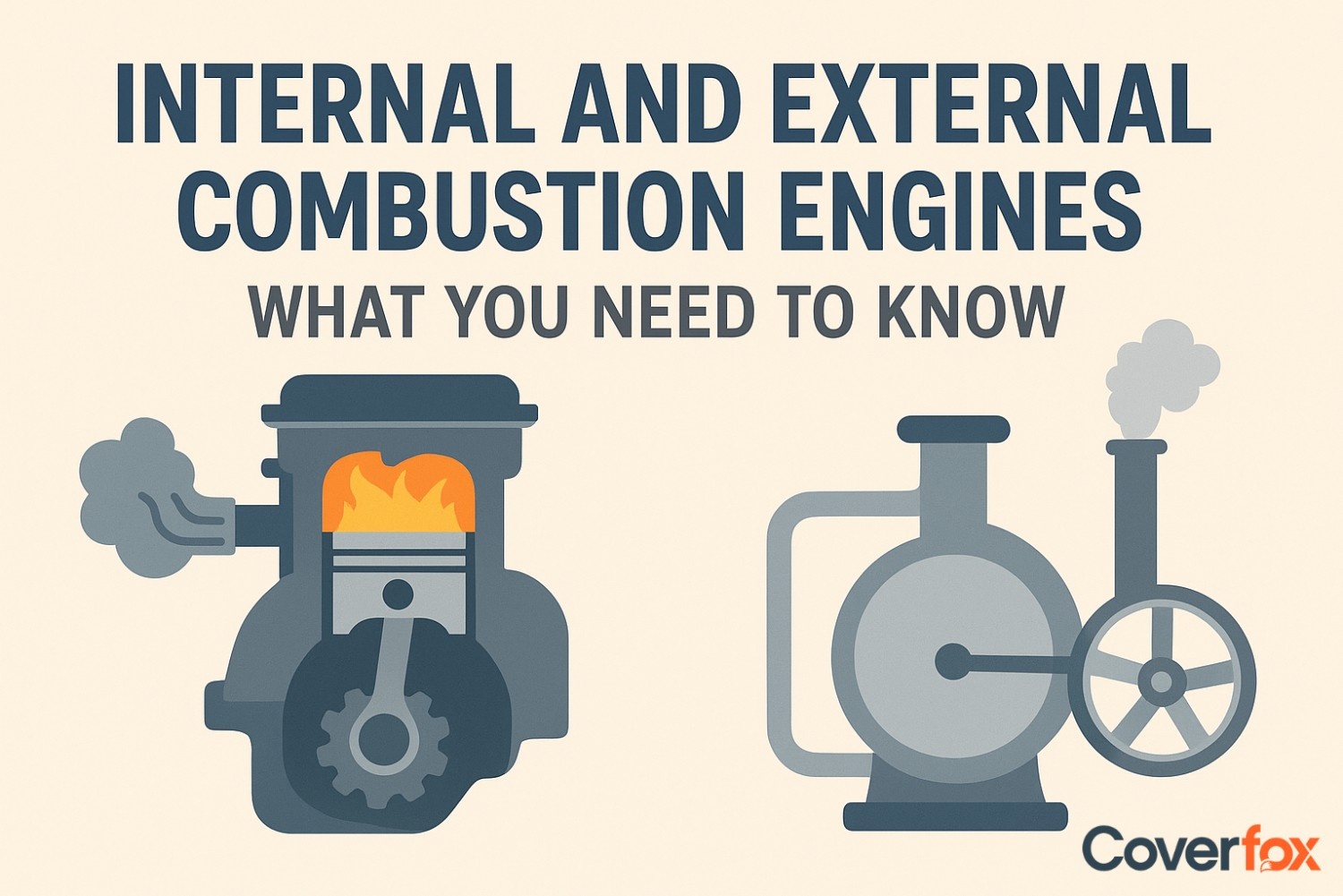To all the engine enthusiasts, and the faculties of science and physics. The creation of engines, the cc (cubic centimetre), and the measurement of rpm in cars and bikes is the brain-child of the necessity to convert chemical energy into mechanical energy. Thus, was the Inline engine born out of various contributions of great scientists. Today, it has a wide range of applications in various fields and industries other than automobiles.

What is an InLine Engine?
As the name suggests, the engine configuration is in a straight line, where the pistons are positioned one after the other horizontally. They work in sync depending on the number of pistons and the configuration of movements optimized to give maximum output.
(Fun fact: Inline-6 engines are the golden ratio in engines.)
How Does an Inline Engine Work?
To understand the working principle of the InLine engine, let us recall a moment when we learned cycling. If you don't know how to cycle don’t worry the following example is for you:
As we know a cycle works on the principle of us providing force to the cycle pedals while maintaining a balancing act. Wherein continuous pedalling will be converted into forward motion via the chain. Then there are certain gears, for the comfort of your cycling experience.
The same is true with the engine, instead of our pair of legs it has fuel which is combusted in a compressed situation, in the form of a pedal there are pistons which are moved by this combusted reaction. Furthermore, in the form of a chain, there is a car transmission system to transmit the output to the wheels.
Lastly, as the term is ‘InLine’ various combinations of pistons work together in a straight line to provide output. It works in four stages as below with numbers of pistons working simultaneously:
Intake Stroke:
During this stage, the intake valve opens while the piston moves downward in the cylinder. This movement draws a mixture of air and fuel (in gasoline engines) or just air (in diesel engines) into the combustion chamber from the intake manifold.
Compression Stroke:
Once the piston reaches the bottom of the cylinder, the intake valve closes, and the piston begins to move upward. This compresses the air-fuel mixture (or air, in diesel engines), increasing its pressure and temperature, which prepares it for efficient combustion.
Power Stroke:
At the peak of the compression stroke, a spark plug (in gasoline engines) ignites the compressed air-fuel mixture, or in diesel engines, the high compression itself ignites the fuel. The resulting explosion forces the piston downward with great energy, generating the mechanical power that drives the engine.
Exhaust Stroke:
After the power stroke, the exhaust valve opens, and the piston moves upward again, pushing the burnt gases out of the combustion chamber and into the exhaust system. This clears the way for a new intake of air or air-fuel mixture.
Types of Inline Engine
Below are the various types of Inline Engine:
| Type | Number of Cylinders | Key Features |
|---|---|---|
| Inline-8 (I8) | 8 cylinders | Mostly historic, used in luxury cars early 20th century |
| Inline-6 (I6) | 6 cylinders | Naturally balanced, smooth, used in luxury and performance cars |
| Inline-5 (I5) | 5 cylinders | Rare but smooth power delivery, used by some automakers |
| Inline-4 (I4) | 4 cylinders | Most common car engine, reliable and efficient |
| Inline-3 (I3) | 3 cylinders | Good balance of size and power, used in small cars |
| Inline-2 (I2) | 2 cylinders | Compact, used in small motorcycles and scooters |
Applications of Inline Engine
Various applications of Inline Engine are stated as below:
Industrial Machinery:
The inline engines are optimized to be used in Industrial machinery such as air compressors and hydraulic pumps.
Marine Industry:
The Marine Industry has adapted the inline- setup in boats for a compact design and efficient speed.
Power generators:
Power generators which are largely used for backups and under special conditions use the inline model powered by petrol/diesel.
Robotics and automation:
The Inline engine principle is used in linear straight-line activity requirements.
Construction and Equipment:
These engines are used in cranes or conveyor belts.
What are the Components of an Inline Engine?
The components of an Inline engine include:
1. Fuel combustion
Where fuel is supplied to the engine with the help of a turbocharger or supercharger if present. Where the combustion takes place in the piston chamber with the help of spark plugs.
2. Piston set-up
The position is set up in a linear array, where in reaction to fuel combustion the piston is in vertical up-and-down motion. This is done with the coordination of the camshaft: which opens and closes the valves at the right time for intake and exhaust.
3. Crankshaft rotation
With this orchestrated motion of pistons, the crankshaft rotates in hand with a timing belt/chain to control the working of the camshaft.
All these processes take place in a cylinder block, along with the cooling system and valves.
What Are the Advantages and Disadvantages of Inline Engine?
The below table includes the advantages and disadvantages of Inline Engine:
| Advantages | Disadvantages |
|---|---|
| Simple design | Longer engine block |
| Easier to manufacture | May not fit well in small cars |
| Lower maintenance cost | Less balanced in 4-cylinder |
| Good fuel efficiency | Limited performance tuning |
| Compact in width | Less power than V engines |
| Fewer moving parts | Can vibrate at high RPM |
Summing Up
The Inline engines have been diminishing from the world market today. However, few startups and companies are reviving them back in the markets. Few automobile manufacturers such as Mazda and BMW are still making Inline engine debuts. While taking care of the engine with regular oil and maintenance is necessary, having comprehensive car insurance for your automobile along with engine- protection cover is required.
Explore More:
Understanding V Engines in Cars
Manual vs. Automatic Transmission Cars
Understanding Multi-Plate Clutch
Frequently Asked Questions
How does an inline engine differ from a V-engine?
In an inline engine, the pistons are placed in a straight line, whereas in a V-engine they are placed in a V-shape in front of each other.
What are the benefits of an inline 4-cylinder engine?
The benefits of an inline 4-cylinder engine are as follows: compact size, fuel-efficient, lightweight and balanced performance.
What are the different types of inline engines?
The different types of Inline engines depend on the number of pistons set such as Inline Engine 2, Inline Engine 3, Inline Engine 4, Inline Engine 5 and many more.
Are inline engines better for fuel efficiency?
Yes, inline engines are generally more fuel-efficient due to their simpler design and fewer cylinders.
Why are inline engines popular in luxury cars?
The inline 6- 6 is a favourite choice for luxury cars since it's the most stable and efficient engine among the inline family.
What maintenance tips can enhance inline engine performance?
Regular oil changes, timely spark plug replacement, and keeping the cooling system clean enhance inline engine performance.
